
Gardening success often starts with the tools in your hands. Choosing wisely can enhance your experience, saving time, effort, and money. In this gallery, let’s unpack ten essential tips, from selecting durable materials to understanding ergonomic designs to helping you build a toolkit that’s as efficient and enjoyable as possible.
Prioritize Quality Over Quantity
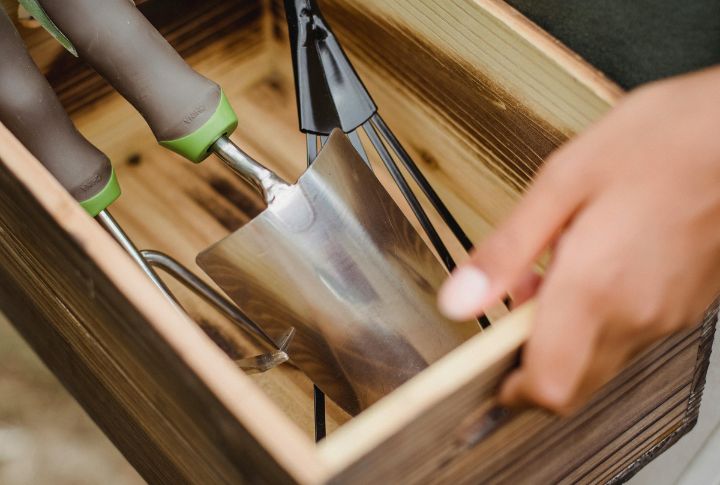
Investing in quality tools saves money and frustration in the long run. Cheap materials like plastic break easily, while forged steel tools can endure years of use. Always start small with a durable spade, trowel, and pruners—then expand as needed. Remember, a handful of reliable tools beats a cluttered shed full of subpar gear.
Choose Ergonomic Designs for Comfort
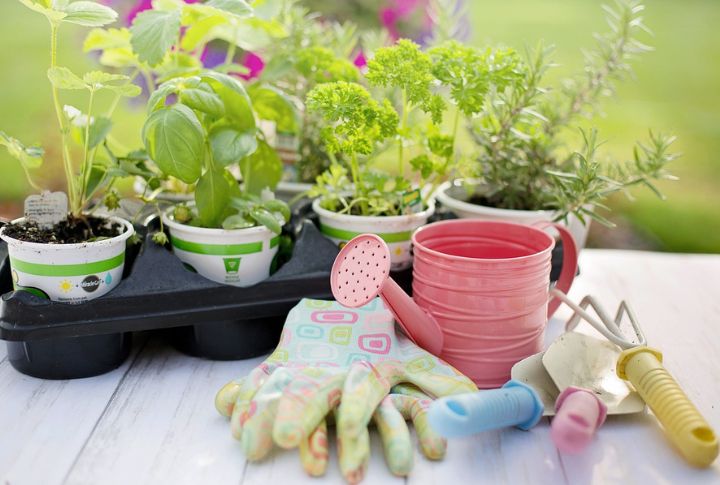
Gardening is hard work, but ergonomic tools can make it easier. Look for soft-grip handles and lightweight materials that reduce strain on your hands and wrists. Curved or angled handles minimize fatigue during repetitive tasks. Plus, their thoughtful design benefits all gardeners, making them a smart and inclusive choice.
Select Tools For Your Garden Size
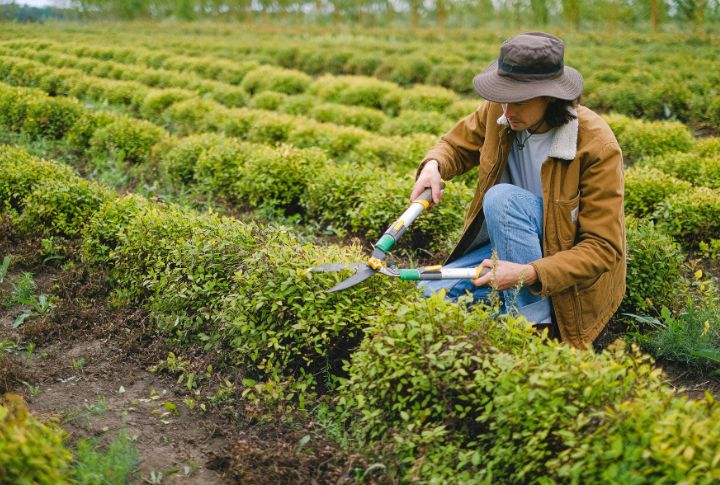
A garden’s size determines the toolkit. A small urban plot might only need compact hand tools like pruners and a hand rake. For more extensive gardens, long-handled shovels and rakes help cover more ground efficiently. Match the tools to your space for better results and less effort.
Opt for Multi-Functional Tools
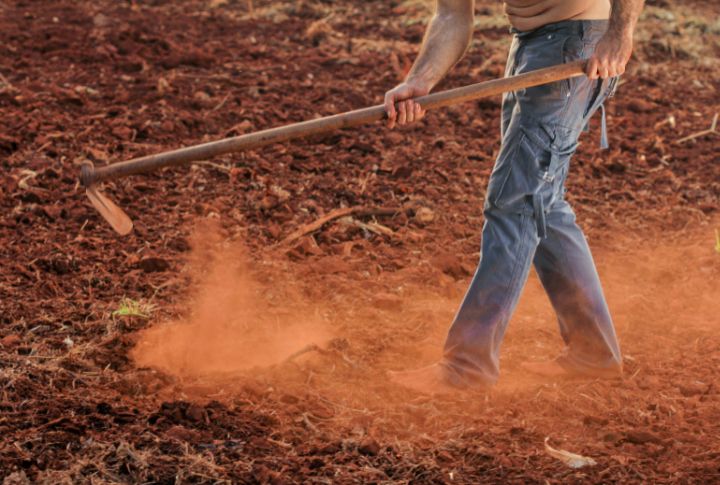
Multi-functional tools are a game-changer for gardeners who value simplicity. A dual-purpose tool, for instance, weeds and levels soil without needing multiple tools. These designs gained popularity during WWII when efficiency was key. Today, they’re perfect for reducing clutter in a toolkit while maximizing utility.
Consider the Weight of the Tools
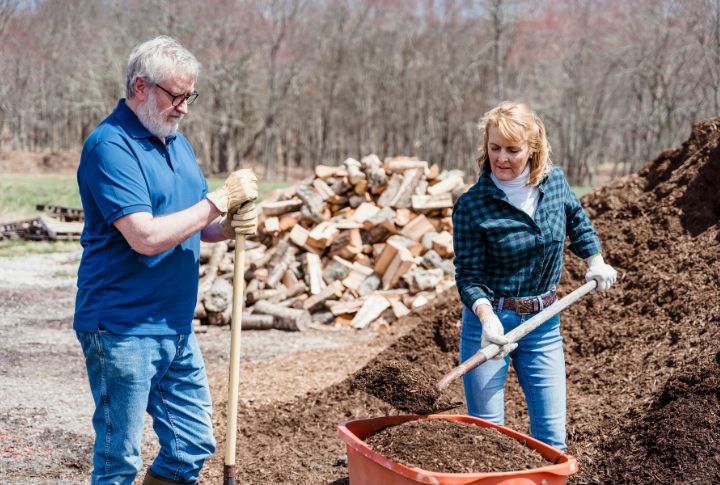
Heavy tools can quickly turn gardening from a joy to a chore. Lightweight materials like aluminum are ideal for tasks such as weeding or transplanting. At the same time, steel provides the strength needed for digging or breaking soil. Imagine lugging a 10-pound shovel across your yard. Strike a balance between strength and comfort.
Assess Handle Lengths

Handle length is key to tool efficiency. Long handles provide leverage for heavy-duty tasks but can be cumbersome in tight spaces. Short-handled tools allow precision for detailed tasks, such as planting seedlings. Think of this choice as picking utensils: a soup ladle for big jobs and a teaspoon for delicate ones.
Ensure Tools Are Easy to Maintain
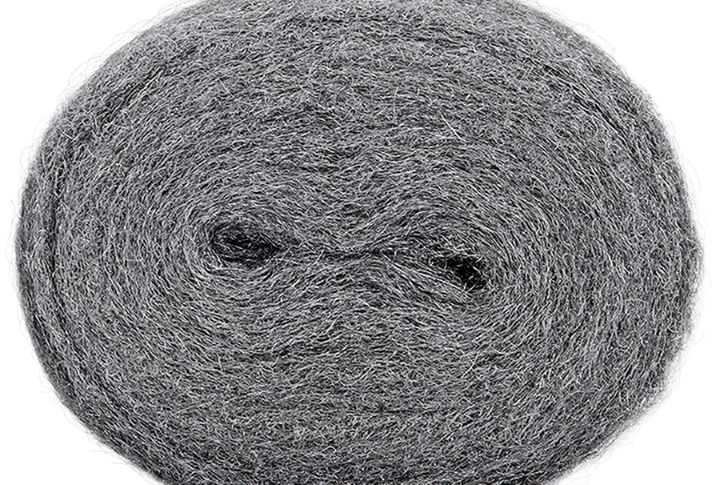
Good maintenance keeps tools in top shape for years. Wooden handles should be cleaned, sanded, and oiled to prevent splitting. Rusty blades? Scrub with steel wool and a mix of vinegar and baking soda. Proper care doesn’t just save you money; it ensures that tools are always ready when you need them.
Test Tools for Personal Comfort
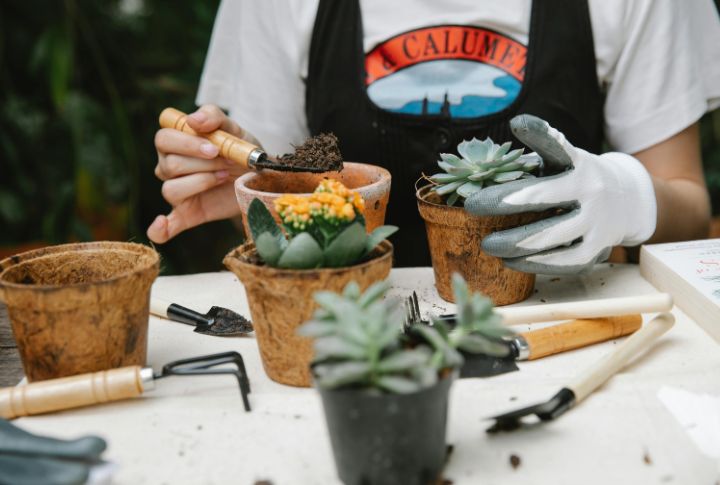
Comfort matters when selecting tools, especially for long gardening sessions. Handles should feel natural in a grip and shouldn’t cause blisters. Rubber or foam grips are especially helpful. When shopping, try mimicking the motion you’ll use with the tool. A comfortable tool feels like an extension of your arm.
Start With Essential Tools
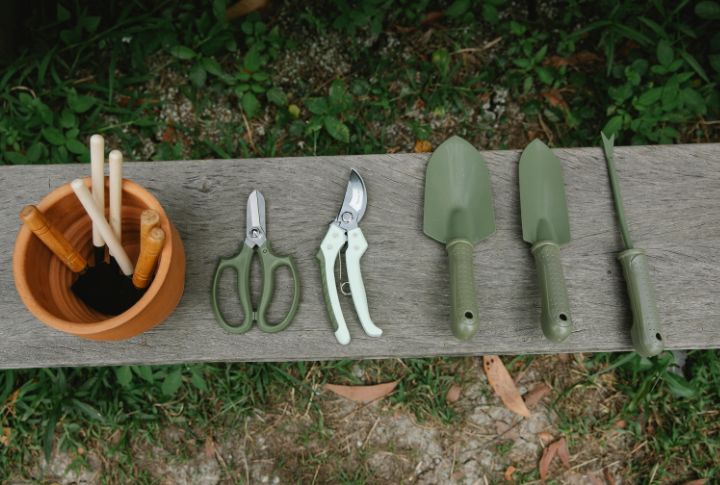
Every gardener needs a solid foundation: a trowel, pruners, and a spade. Avoid the temptation to buy every tool at once; instead, build a collection based on the garden’s specific needs. A vegetable gardener might add a weeding tool, while flower enthusiasts might prioritize hand pruners. Starting small saves money.
Seek Recommendations

Seasoned gardeners know which tools stand the test of time. Tap into their knowledge by joining gardening clubs or even chatting with neighbors. Someone who’s cultivated a lush garden for years can steer you toward brands and tools that deliver results. After all, why reinvent the wheel when experienced gardeners can help?

